An 1860s pomological manuscript documents
the varieties of pears (birensorte) and
apples (apfelsorte) unique to Switzerland
Pomology is a branch of botany relating to the study and cultivation of fruit [W].
I don't believe a post devoted to fruit drawings has ever appeared on facsimilium. It's not for want of material; it's more about the general
mediocrity of the genre. Pomological collections tend to be the poor
orphan of the botanical world in terms of illustrative qualities. I've
saved a lot of samples over the years, but could never quite generate
enough enthusiasm to pull the trigger. Until today: this naturalistic
and unpretentious set caught my eye. I like it. [Yes, yes: it's all *in my opinion*. Being emperor and guardian of this site has its privileges.]
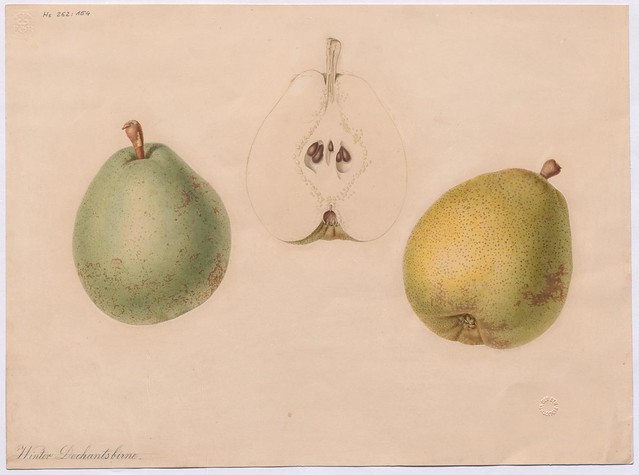
Birnensorte Winter-Dechantsbirne (Doyenné d'hiver)
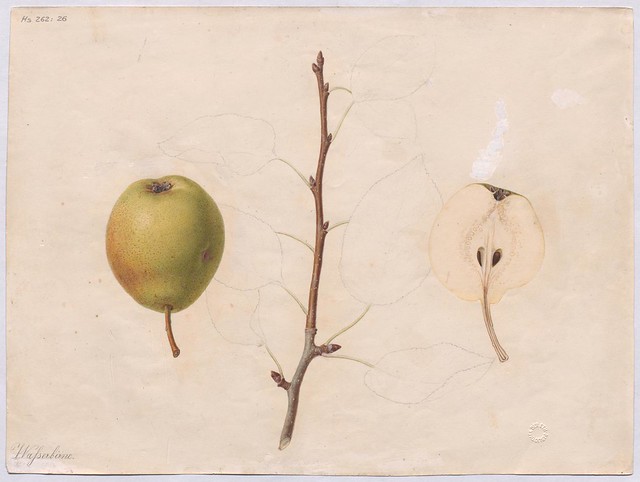
Birnensorte Wasserbirne
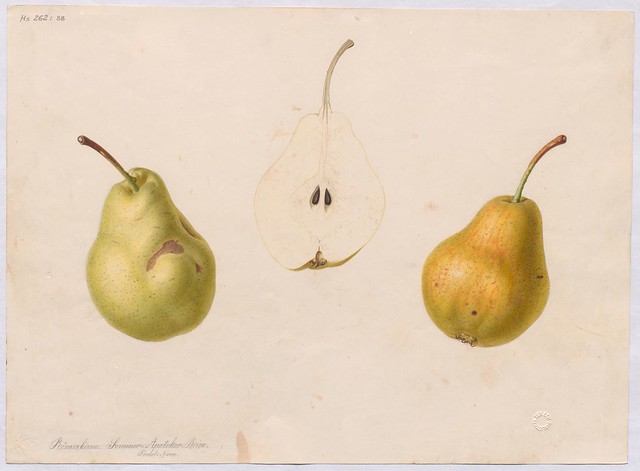
Birnensorte Sommer-Apothekerbirne (Bon-Chrétien d'été, Römerbirne)
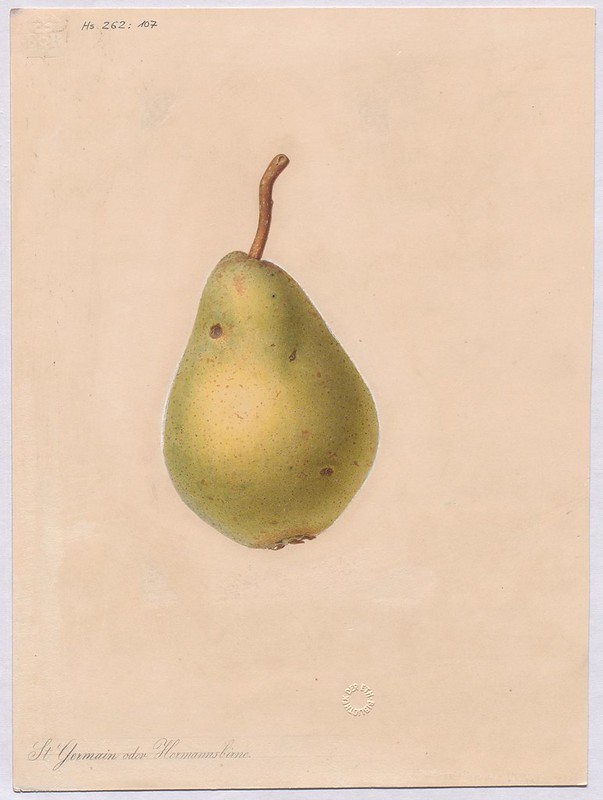
Birnensorte St. Germain (Hermannsbirne
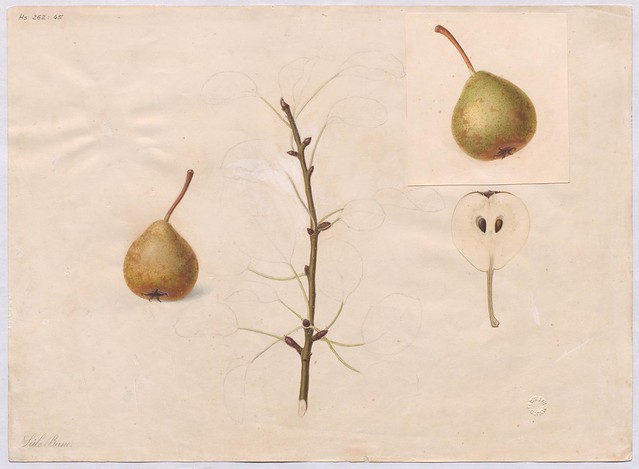
Birnensorte Sülibirne
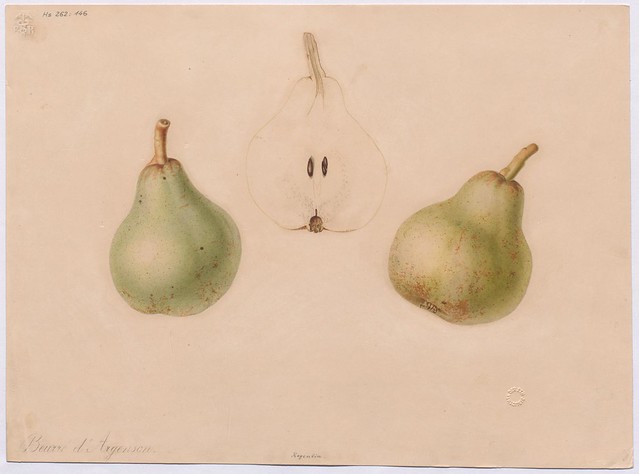
Birnensorte Regentin (Passe Colmar, Beurré d'Argenson)
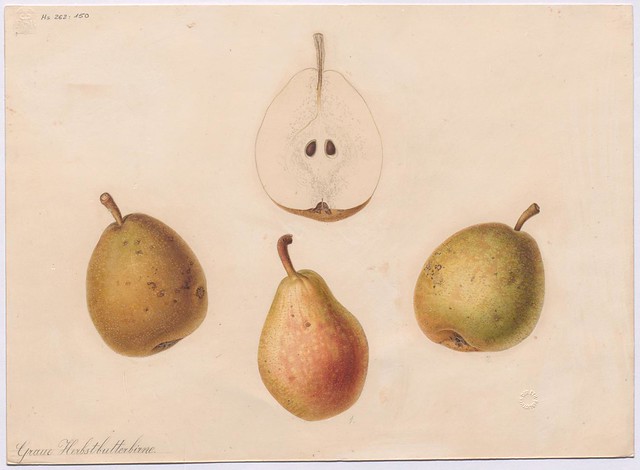
Birnensorte Graue Herbst-Butterbirne (Beurré gris)
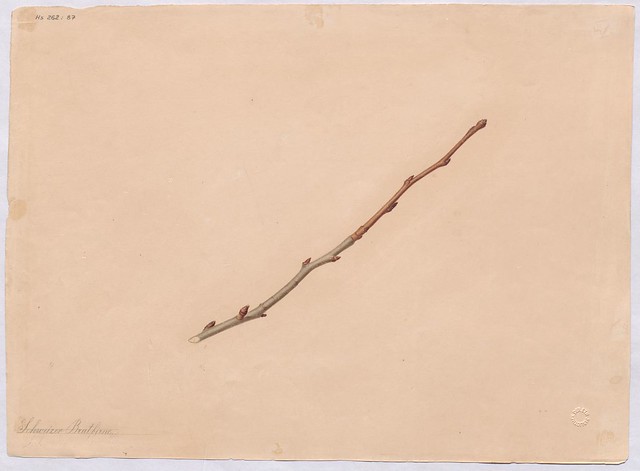
Birnensorte Schweizer Bratbirne
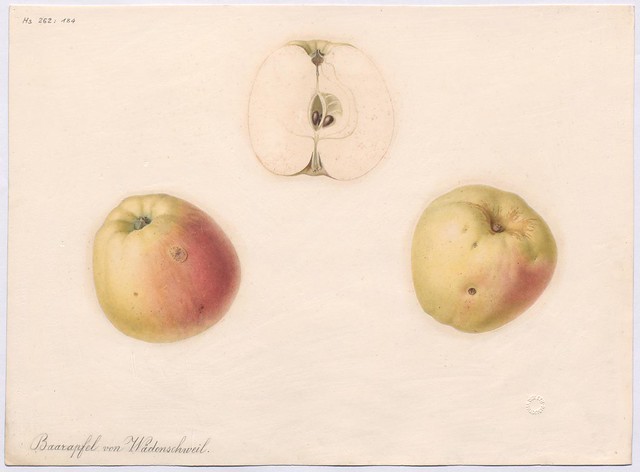
Apfelsorte Schafnase (Naht-Apfel, Baarapfel von Wädensweil)
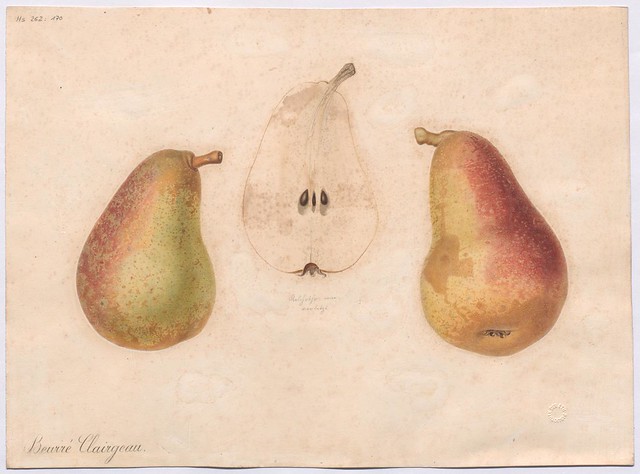
Birnensorte Clairgeau's Butterbirne (Beurré Clairgeau, Poire Clairgeau)

Birnensorte Längler (Poire d'Etranguillon)
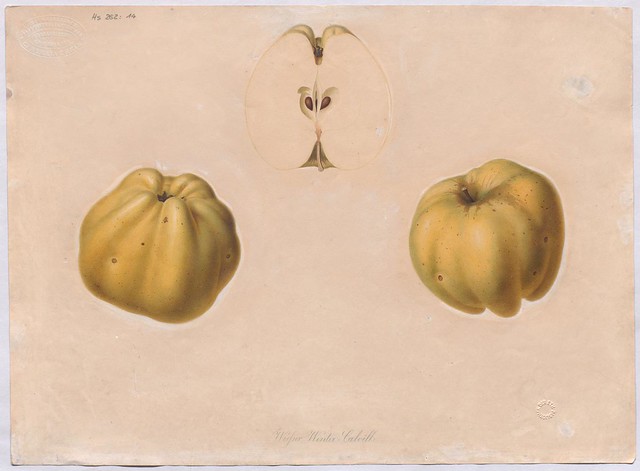
Apfelsorte Weisser Winter Calvill (Calville blanc d'hiver, Calville blanche à côtes
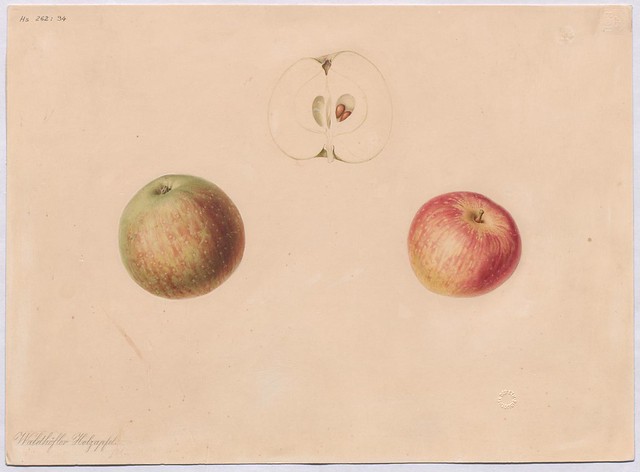
Apfelsorte Waldhöfler Holzapfel

Apfelsorte Schafnase (Naht-Apfel, Baarapfel von Wädensweil
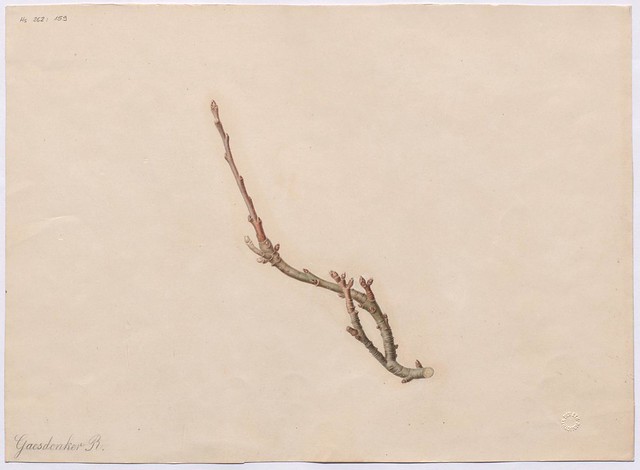
Apfelsorte Gaesdonker Reinette
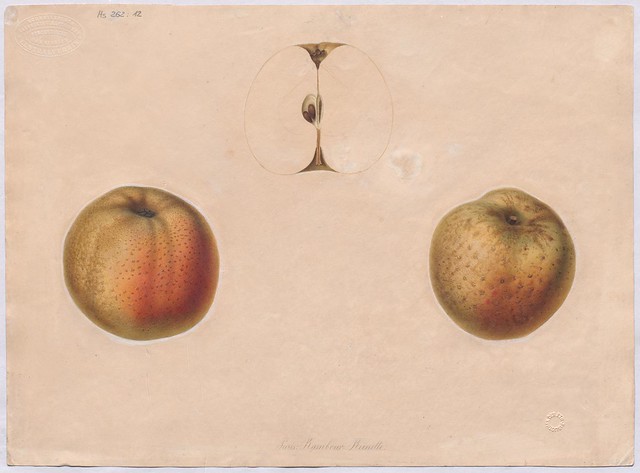
Apfelsorte Pariser Rambour Reinette (Reinette de Paris)
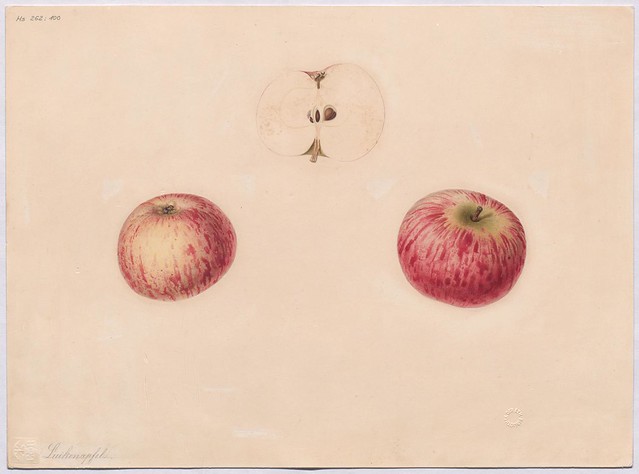
Apfelsorte Luikenapfel
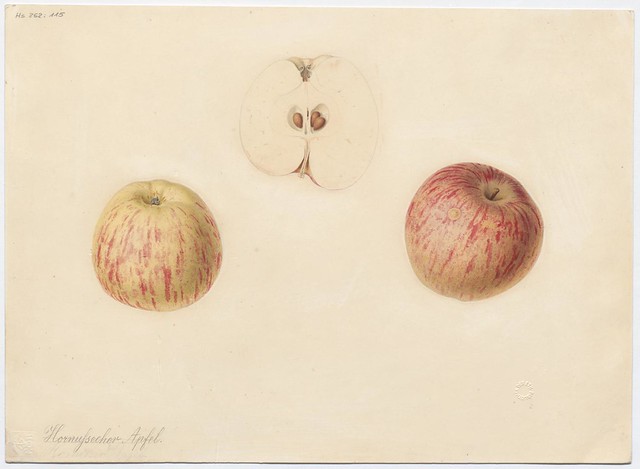
Apfelsorte Hornussecher
In mid-19th century Switzerland, the wider agricultural community -
farmers and rural agricultural associations - recognised that fruit
production was both an important local occupation and also a significant
contributor to the national economy. Fruit-growing stakeholders wanted
to safeguard the industry, and had been agitating for a long time in
support of creating a scientific guide and visual record of all the
fruit varieties in the country. The Swiss Agricultural Society
commissioned an extensive and detailed review of the apple and pear
varieties, grown in Switzerland, through a St Gallen publishing house.
A committee of gardeners, civil servants and the like was formed to
direct the project in consultation with Swiss growers and provincial
agricultural societies. They chose the varieties of fruit to include and
advised how specimens could be collected. The illustrator (Salomon
Bühlmeier) was tasked with sketching specific views of the fruits and
the branch twigs on which they grew. The committee also guided the
nature of the text that accompanied each of the illustrations when it
was published: systematic and common names, geographical distribution,
general fruit, flower and tree descriptions, details about growing
seasons and harvesting, characteristics of the fruit varieties and how
they could be prepared and used in the kitchen. The enterprise was
supported by some unnamed pomologists and farming types, including, in
particular, one Herr Pfau-Schellenberg.
Salomon Bühlmeier (1814-1876)
was an academy trained artist who specialised in painting and etching
and taught drawing in St Gallen when the pomological project came up.
Between 1863 and 1872, Bühlmeier travelled the country contacting
farmers and regional agricultural societies, and he produced an
exhaustive study of Swiss apples and pears. His watercolour and pencil
fruit and twig sketches were drawn life-size, and were turned into
lithographs for publication in serial format. I believe the intention
was for twice yearly instalments, each featuring five apples and five
pears and the final books (a volume for each fruit) contained up to 200
fruit varieties in total (presumably).
About 190 of Bühlmeier's actual sketches were donated to the Swiss
Federal Institute of Technology in Zurich. These charming artworks were
digitised and uploaded only last year. So we are seeing the original
drawings above and not the lithographic plates from the final publication (which was called, incidentally, 'Swiss Fruits' (1872), edited by the Swiss Agricultural Society). I saw commentary suggesting that 'Swiss Fruits' was the first ever lithographic publication devoted to fruit species.
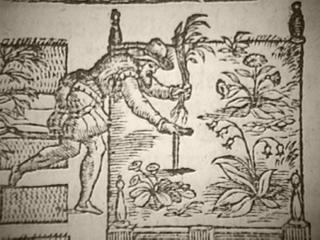 Thomas Hill The Gardner's Labyrinth 1608
Thomas Hill The Gardner's Labyrinth 1608 Lusitano Amato Dioscorides Anzarebei De medica materia 1558
Lusitano Amato Dioscorides Anzarebei De medica materia 1558 Durante Castore Herbario nuovo 1617
Durante Castore Herbario nuovo 1617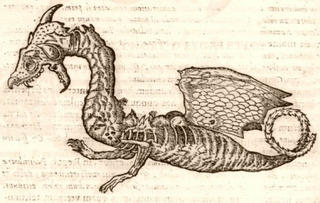 Hernando Francisco Rerum medicarum Novæ Hispaniæ thesaurus 1651
Hernando Francisco Rerum medicarum Novæ Hispaniæ thesaurus 1651 Pierre Pomet Histoire generale des drogues 1712
Pierre Pomet Histoire generale des drogues 1712















